Situated in southern France, the region of Occitanie is often overshadowed by its glamorous neighbor to the east, Provence. But with its beaches, mountainous landscapes, canals, and vineyards, Occitanie has much to offer, too. Couple these natural features with the region’s ancient Roman ruins and Cathar castles, plus its delightful gastronomy, and you have the makings of a wonderful get-away.
Here are five not-to-miss experiences in Occitanie:
1. Savor the Food Markets

Thanks to its favorable climate—some of which is Mediterranean—Occitanie serves up a bounty of beautiful, locally-grown produce. Marry fresh fruits and vegetables with France’s penchant for creating gourmet food products, and you have the makings of a foodie’s paradise.
One of the best ways to get to know Occitanie’s gastronomy is via its food markets. The pretty towns of Uzès and Narbonne both play host to splendid markets. Uzès’s farmers’ market takes place in a leafy town square called the Place Aux Herbes. Here, you’ll find fresh produce, wicker baskets brimming with nuts and dried fruit, jars of honey and homemade jam, dried Mediterranean herbs, and even sachets filled with aromatic lavender. The market takes place on Wednesdays and Saturdays, and since it wraps up by 1.30 p.m., you’ll want to get there early.
While the market in Uzès takes place outdoors, Narbonne’s market is housed inside an elegant building called Les Halles de Narbonne. This pavilion dates back to the early 20th century. Inside, stalls overflow with plump olives, fragrant spices, goats’ cheese, homemade pasta, and more. Narbonne’s fresh market is open 365 days a year, and runs from 7 a.m. to 2 p.m.
Afterwards, stroll along the canal into the center of town where you’ll find shops, cafés, and impressive architecture—including a 13th-century cathedral, an archbishops’ palace, and the Pont des Marchands, a unique bridge lined with shops. Narbonne was once a sizable Roman city, but all that remains from that period is a stone road that once linked Italy and Spain (Via Domitia), as well as the ruins of an ancient warehouse (Horreum).
2. Soak up Ancient Roman Sites
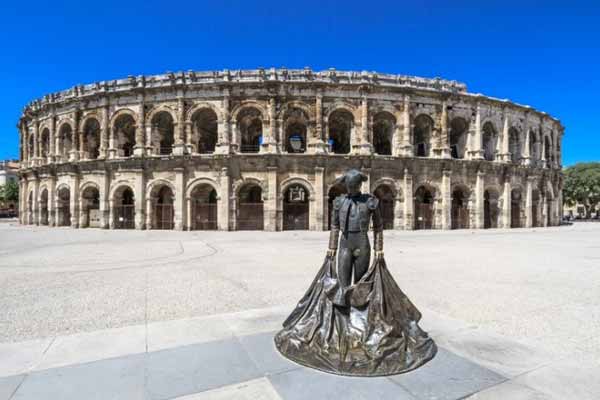
For hundreds of years, much of southern France was part of the Roman province of Gallia Narbonensis. It’s not surprising then, that the Romans left behind a significant number of impressive monuments in Occitanie.
The city of Nîmes is home to Les Arènes, one of Europe’s best-preserved Roman amphitheaters. Constructed around 100 AD, the Nîmes amphitheater was able to accommodate about 25,000 spectators who came to watch gladiator battles. Tickets are $11.30. Today, special events, including re-enactments and concerts, are held inside the structure.
Nîmes also boasts the stately Maison Carrée, a 2,000-year-old temple that would’ve once been a part of the town’s Roman forum. Columns surround the structure on every side, and it is topped with intricately-carved frieze work.
Elsewhere in Occitanie is the magnificent Pont du Gard Aqueduct, a UNESCO World Heritage-listed masterpiece. The structure features three tiers and is crafted out of golden stone. If you walk on the elevated bridge alongside the aqueduct, you’ll get a close-up view of the Pont du Gard’s timeless engineering as well as graffiti that has been carved into the aqueduct over the millennia. The Pont du Gard’s garrigue landscape is an attractive place to enjoy a picnic; you can also go kayaking on the Gardon River, underneath the arches of the mighty aqueduct.
The complex features a modern museum. Inside, you’ll see how the aqueduct was constructed and learn the route that the water would have traveled from its source (near Uzès) to its ultimate destination (the city of Nîmes). Pont du Gard tickets cost $10.75.
3. Visit La Cité de Carcassonne
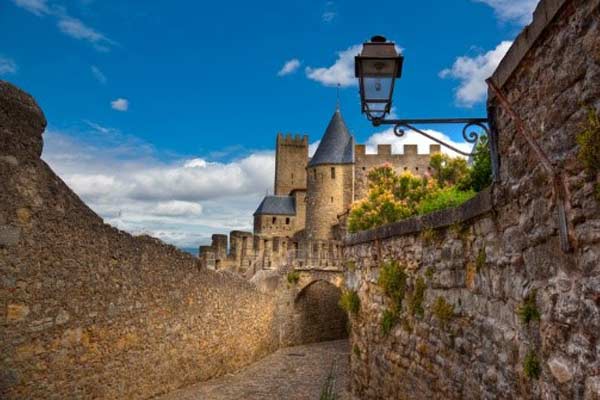
When glimpsed from afar, the medieval fortified town of Carcassonne has a distinctive fairy-tale appearance. More than 50 towers crown Carcassonne’s mighty defensive walls, and lush vineyards and leafy trees frame the stronghold. The monument is a UNESCO World Heritage site
If you can, visit by day—but also by night. It’s worth braving daytime crowds to see Carcassonne’s architecture bathed in sunlight. However, a nighttime visit can be much more serene and memorable, since the busloads of tourists will have already gone home. The citadel’s fortifications are dramatically illuminated by floodlights after dark, and the mood is further enhanced by the music of serenading performers.
There is no cost to enter the medieval stronghold, which is filled with restaurants, a few hotels, and souvenir shops. However, if you would like to walk on the ramparts, tickets cost $10.20.
4. Explore Cathar Strongholds
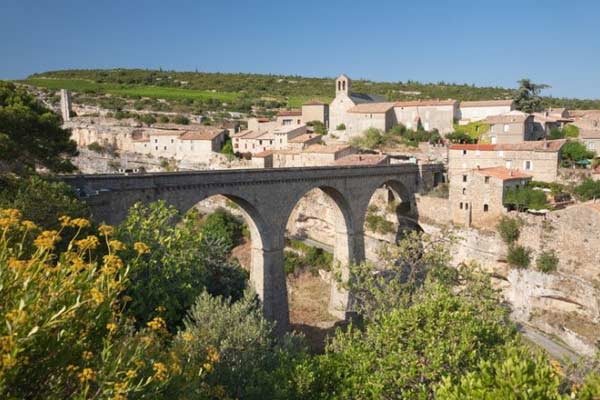
Between the 12th and 14th centuries, the Cathars—a group persecuted by the Catholic Church—constructed and sought refuge in forbidding strongholds throughout southern France.
During the 13th century, a siege took place in the village of Minerve between the Cathars and an army of crusaders. The Cathars were defeated, and those who refused to convert were burned at the stake.
Today, Minerve is accessed by walking across a high-arched bridge that traverses the Cesse River. When you see the area’s gorges and rocky terrain, you’ll understand why the Cathars chose Minerve as a natural stronghold.
With its cobbled streets, cafés, museums, and shops, Minerve is a lovely place to while away a few hours. It’s tiny (there are just over 100 residents), but that is much of Minerve’s charm. Military history enthusiasts will also find interest in the reconstructed catapult—the original siege weapons would have rained terror on the village and its water source.
Elsewhere in Occitanie, the Cathars left behind a handful of dramatic castles, which can also be visited. Some of the best-known are the Château de Quéribus, the Château de Peyrepertuse, and the Château de Puilaurens.
5. Go Wine Tasting
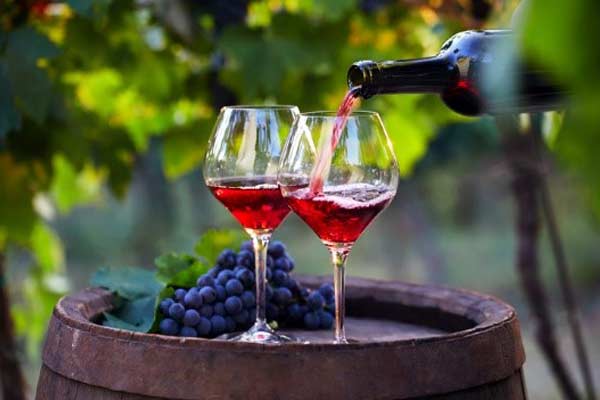
When you think of French wine, regions like Bordeaux and Burgundy are likely the first to come to mind. But part of Occitanie (the former administrative region called Languedoc-Roussillon) is actually one of France’s largest wine-growing areas. The quality of this area’s wine has been improving during the past few decades, a trend that is putting Languedoc-Roussillon on the map of wine aficionados. There are red (Syrah, Grenache, Mourvèdre), white (Roussanne, Malvoisie), sparkling, and rosés to be enjoyed here.
Related Articles
An Overview of Traditions and Culture in France
Some Fun and Interesting Facts about France
Moving to France Will Be the Best Move You’ve Ever Made
Upcoming Conferences
The Only 2024 Fast Track Panama Conference
If your dream retirement involves stunning beaches… lush green mountains… a warm climate with no hurricanes… first-rate healthcare… incredible value for money (a couple can live well on $2,200 a month)… and the World’s #1 Retiree Discount Program…
Join our Panama experts and expats in February and discover why Panama could be your perfect paradise.

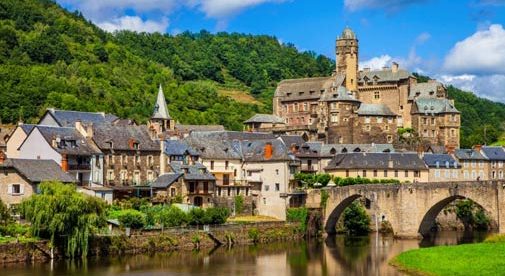
.png)